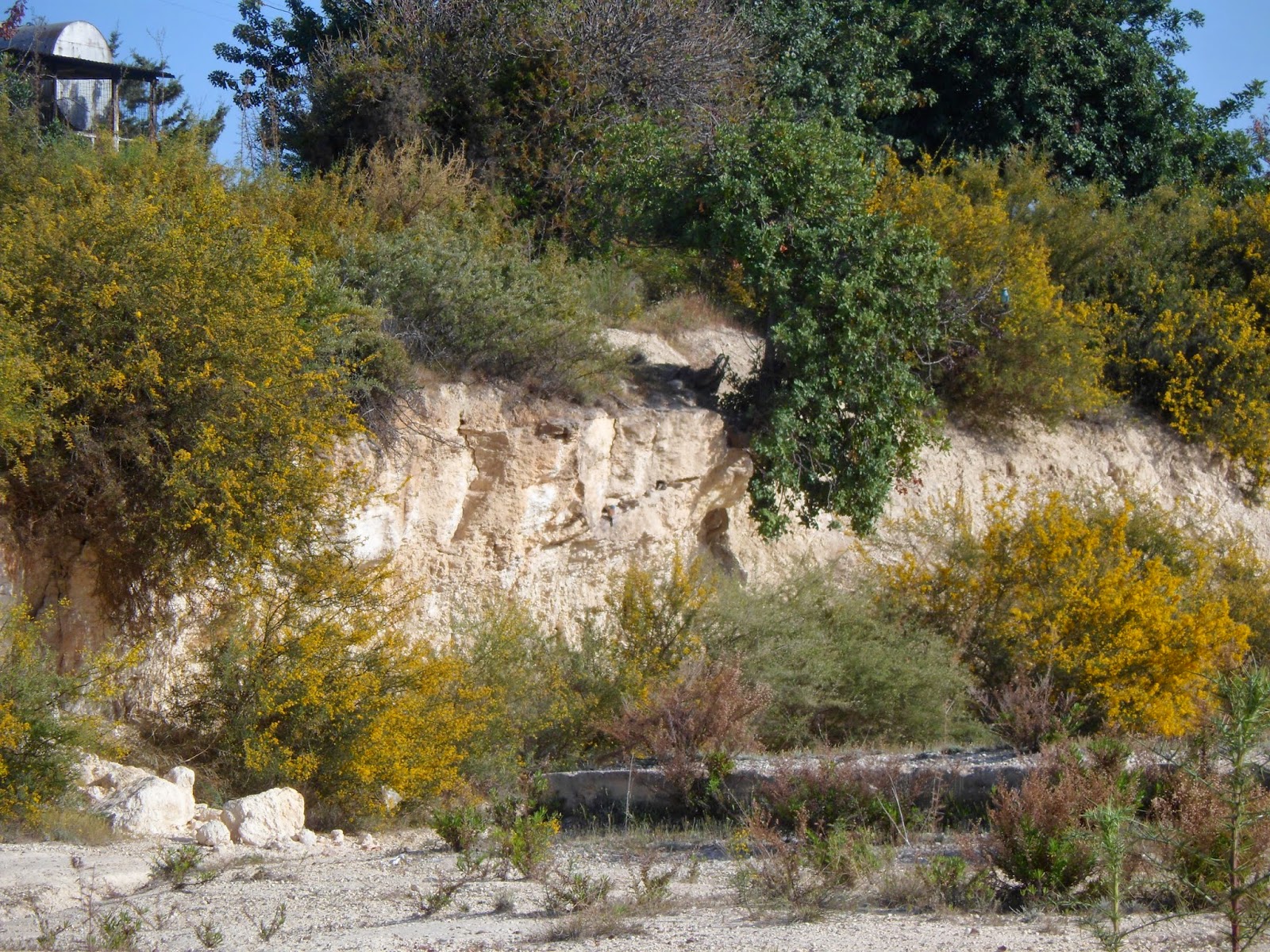The start of June coincided with some of the wettest and
coldest spring weather that Cyprus has experienced for over a decade. Worse
still, this is the period when the roller eggs are beginning to hatch… The
chicks are featherless and blind when they first leave the egg, and the cold
and wet conditions hit them on two fronts. Not only were they shivering inside
the nest cavity, they were also starving as their parents struggled to find
invertebrate prey in the cold and wet conditions outside.
 |
| One of the few roller chicks to reach fledging this year... |
Following this disastrous week, predation levels at the surviving nest sites were really high too. I’m guessing that the predatory species were just as stressed as the rollers, with the relatively accessible nest cavities providing easy pickings for a range of other species. By the end of the month only 10 of the 22 nest sites being monitored this year had fledged any chicks, with clutches in the rest either being predated or starved.
 |
| Scops owl squatter on eggs |
Had any of the roller pairs decided to use one
of the newly deployed nest boxes then I like to think that the outcome may have
been slightly different (at least in terms of predation risk). However, the only
creatures choosing to occupy them this year were scops owls, rats, and bees. Fingers
crossed that the boxes just require a winter to ‘bed in’ before they become
attractive to the rollers.
 |
| Fluffy scops owl chicks a few weeks later |









































